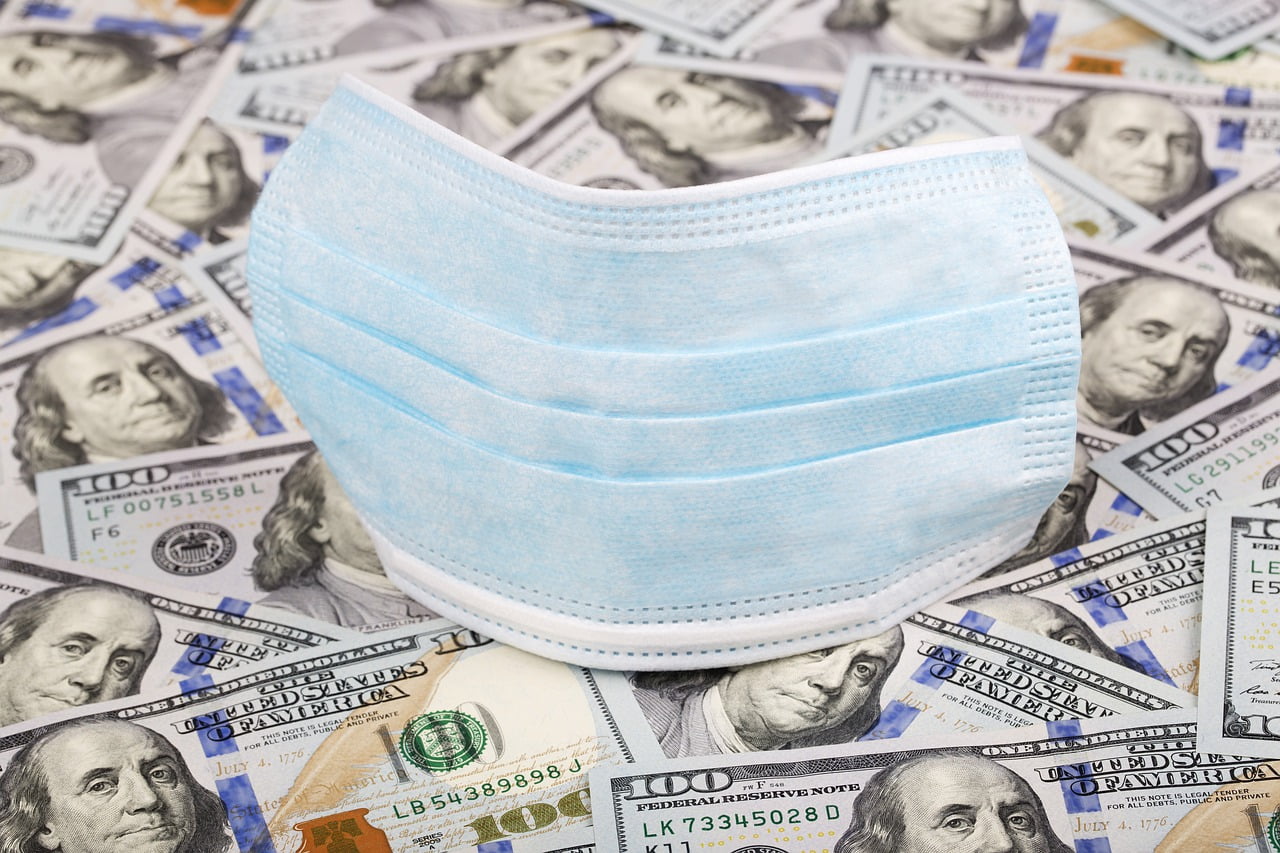Americans received the first coronavirus stimulus checks after Congress approved the CARES Act in March. Both sides have come up with several proposals since then for the next package, but have been unable to strike a deal. However, the two sides have made some progress since the start of the negotiations in late July. Let’s take a look at the progress made so far, and what more is needed so that Americans can get coronavirus stimulus checks.
Q2 2020 hedge fund letters, conferences and more
Democrats came up with the HEROES Act costing $3.4 trillion in May. Republicans, on the other hand, introduced their proposal, called the HEALS Act costing only $1 trillion at the end of July. Since then both sides have been in negotiations, but have failed to strike a deal.
Initially, the reason for the stalemate was the unwillingness of both sides to budge from the $3.4 trillion and $1 trillion figure. However, the two sides started to soften their stance as talks progressed.
House Speaker Nancy Pelosi agreed to come down to $2.4 trillion provided Republicans move up by $1 trillion. Republicans did not agree to that and the talks collapsed in the first week of August. Then last week White House Chief of Staff Mark Meadows had a 25-minute phone call with Pelosi.
Meadows increased their offer to $1.3 trillion, saying President Donald Trump is ready to sign it. Pelosi rejected Meadows’ offer, though dropped her offer by another $200 billion to $2.2 trillion.
“That would be $2.2 trillion. When they’re ready to do that, we’ll be ready to discuss and negotiate. I did not get that impression on that call,” she told reporters.
Pelosi argued that the $1.3 trillion offer wouldn’t be able to meet the demands of Americans. Since then, no progress has been made on a coronavirus deal and stimulus checks.
What’s the difference now?
As of now, the two sides are still $900 billion away from each other – Pelosi at $2.2 trillion and Meadows at $1.3 trillion. One major reason for this difference is the funding for state and local governments. Democrats want $915 billion in aid for state and local governments, while Republicans have proposed just $150 billion.
A report from Forbes, however, notes that state and local governments don’t actually need $915 billion. Moody's Analytics estimates the budget shortfall is $500 billion, the report notes. Moreover, the states don’t need this amount now, rather “it's their budget shortfall over the next two years,” the report says.
Thus, an agreement by the federal government to cover “just the next year's state and local government budget shortfall would narrow the gap even further,” the Forbes report said.
Moreover, the state and local governments would also get a boost from the coronavirus stimulus checks and unemployment benefits. Both these benefits would enhance the spending, and this, in turn, would increase sales tax revenue for the states.





